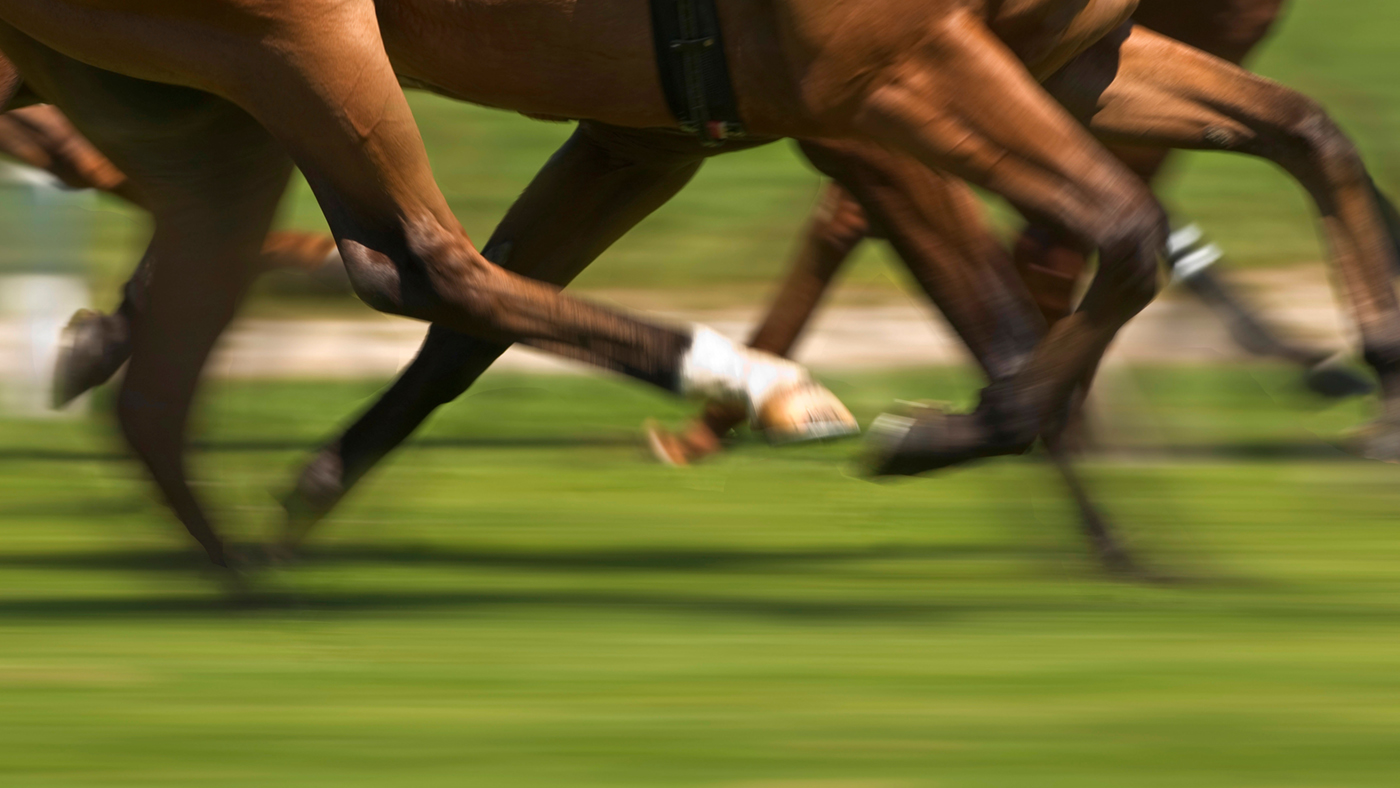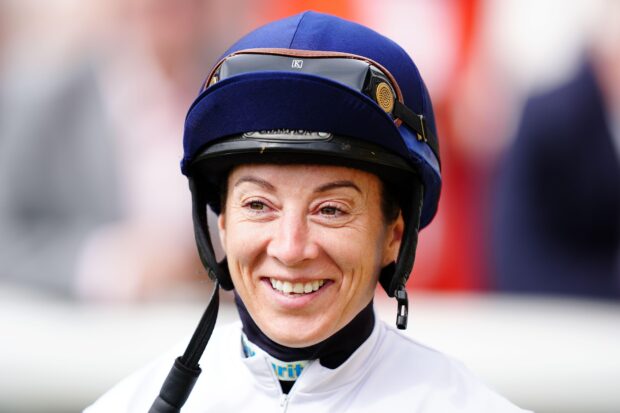Horses competing at one of the world’s biggest races will be required to have CT scans of their legs prior to running.
The decision is one of a host of new regulations introduced for the 2021 Melbourne Cup (2 November), as well as the wider Spring Racing Carnival (September-November 2021), by Racing Victoria (RV) and the Victoria Racing Club (VRC).
The new rules follow a review into the rate of injuries sustained by international horses during the Spring Racing Carnival over the past decade, with a primary focus on the Melbourne Cup.
“We know some of these initiatives will be onerous on connections, but we make no apology for making the safety of horses our priority,” said RV chairman Brian Kruger.
“Our sole focus is on ensuring that horses and riders compete safely, and we are committed to delivering these important enhancements in 2021 and beyond.”
Horses travelling from abroad for the Spring Racing Carnival must now undergo an “enhanced pre-travel veterinary examination”, which includes a full body scintigraphy scan and CT/MRI of their legs “at the expense of their connections” two to six weeks before pre-export quarantine.
Horses who have had previous major fracture or orthopaedic surgery will not be allowed to race “regardless of their current health and soundness”. A RV-appointed vet will conduct a pre-travel examination within a week of the horse’s journey to Australia “to ensure the ongoing suitability of horses to travel”.
On arrival, international horses must also undergo CT scans of their limbs before each start in Victoria to be allowed to run, with the costs met by RV.
RV-appointed veterinary staff will provide or oversee treatment for international horses, instead of stables appointing their own private vets. There will also be new trackwork monitoring processes and a world-first cortisol analysis to monitor horses’ stress levels.
Other changes include caps on the number of international horses allowed at the industry’s quarantine facility and international training base (Werribee International Horse Centre) and improvements to the training tracks, such as increasing the depth of the sand-fibre surface.
In addition to these general rules, there are even stricter requirements for the Melbourne Cup that require all horses — international or Australia-based — to have CT scans before competing, within a strict timeframe, in what is understood to be a world-first. This will be paid for by RV and a panel of three RV-appointed international experts in equine surgery and diagnostic imaging will review these to determine each horse’s suitability to race.
A further pre-race veterinary inspection of all starters will be conducted by a panel of RV vets the day before the Melbourne Cup, in addition to the inspection that takes place on the Thursday or Friday ahead of the race.
International horses will also only be allowed one start in Australia prior to running in the Melbourne Cup.
Article continues below…
You might also be interested in:

Subscribe to Horse & Hound magazine today – and enjoy unlimited website access all year round
The main aim of the review was to come up with recommendations to enhance the safety and welfare of international horses. The report found there were multiple contributing factors to injuries in horses, particularly among international horses travelling to Australia. It came up with 44 recommendations to reduce the risk of injury, of which the RV board, in consultation with the VRC board, endorsed 41.
The three that did not get the nod of approval were reduction in the Melbourne Cup field size from 24 to 20 starters, change in the minimum targeted track rating (firmness), owing to consistency and integrity reasons, and an increase in the handicap rating for horses taking part in the Spring Racing Carnival, as there was “no clear evidence” to suggest lower-rated horses carried any greater risk, plus the new number caps already reduced the amount of international horses.
Horse & Hound magazine, out every Thursday, is packed with all the latest news and reports, as well as interviews, specials, nostalgia, vet and training advice. Find how you can enjoy the magazine delivered to your door every week, plus options to upgrade to access our H&H Plus online service which brings you breaking news as it happens as well as other benefits.





